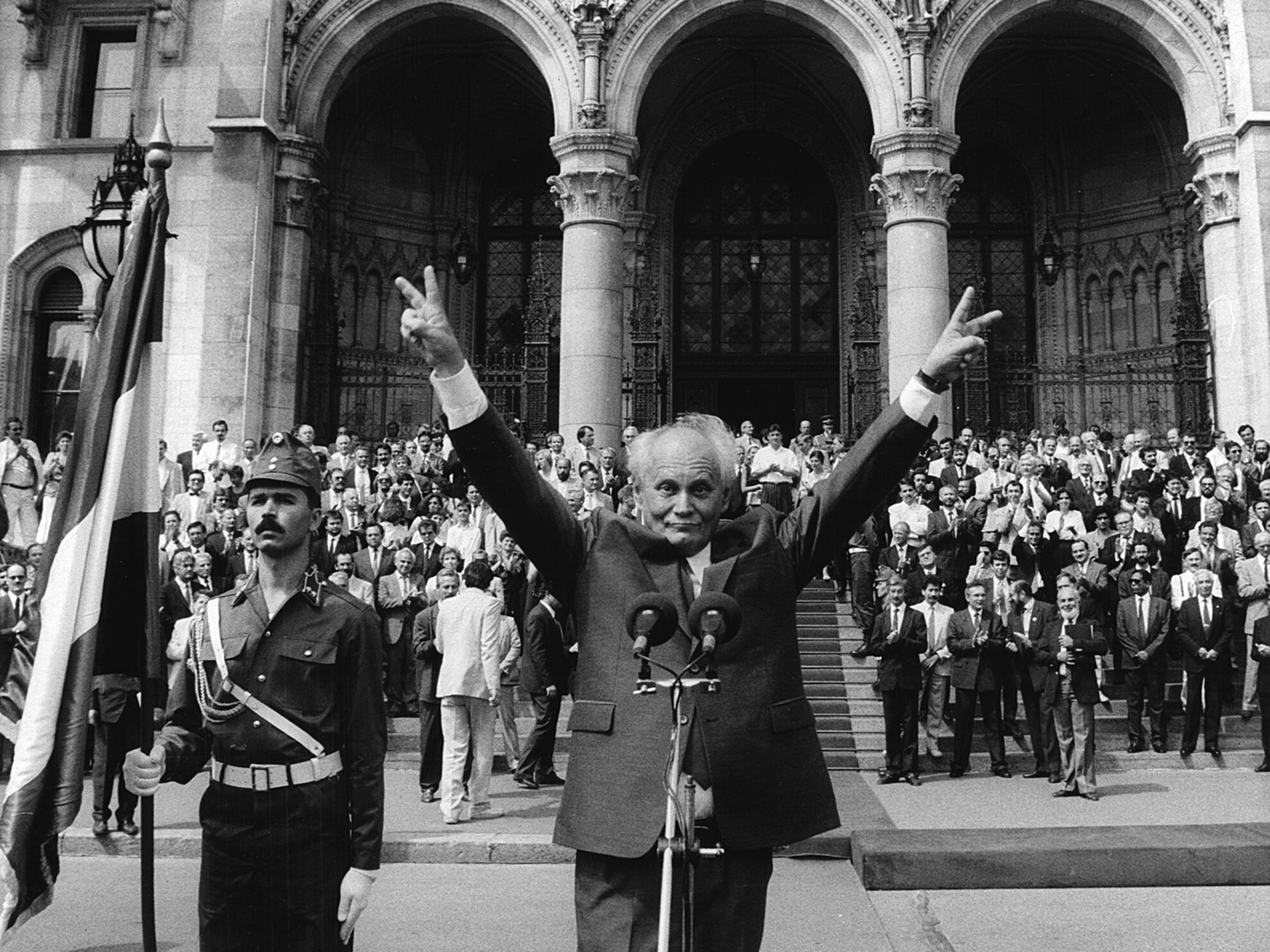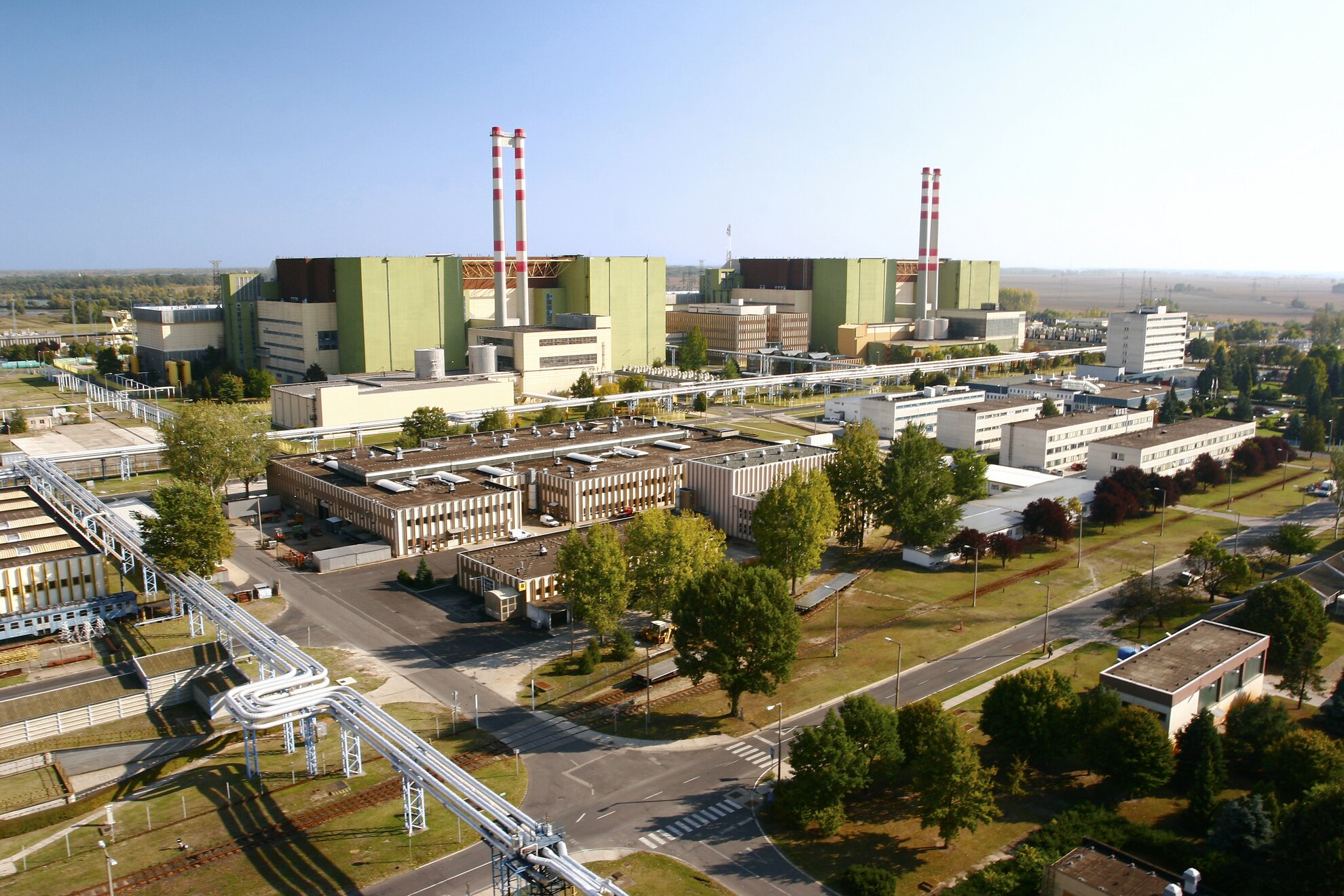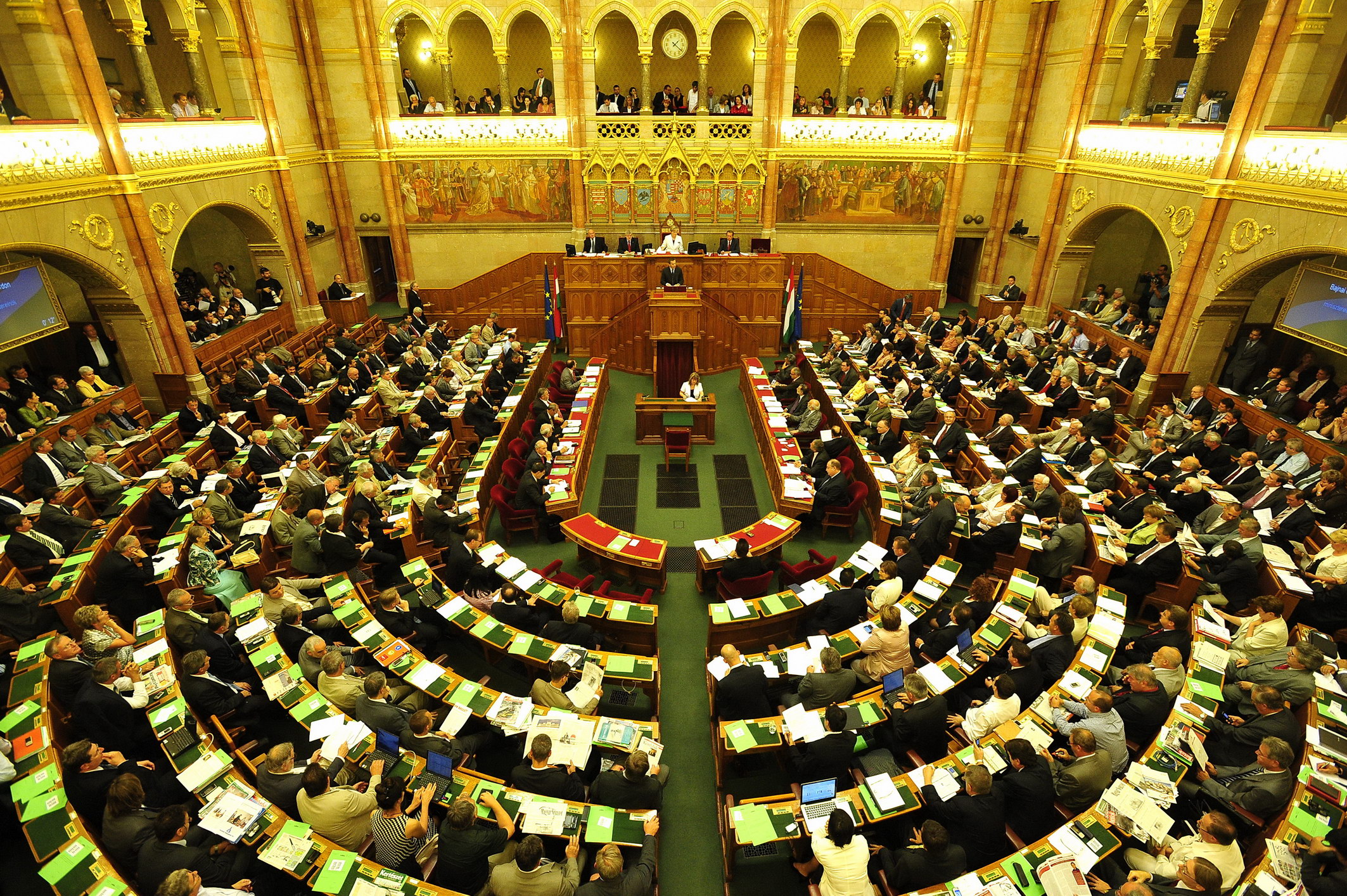Political stability was a key factor in its success and however in the beginning GDP has declined due to the dramatic changes, the repercussions were not as serious as in other post-communist economies.
The transforming economyAt the early 1990s the economy was transforming. The stable political situation and the successful transition to a democratic system provided the basis for huge amounts of foreign capital flow and new investments. However while western companies were opening their new stores and factories, the traditional Soviet-style industrial plants were turning into decay. The northeast part of the country was the most badly hit, where these old companies were going bankrupt one after another and hundreds of thousands of people lost their jobs. Even today this region is one of the least developed and the most desperate areas. The other serious issue evoked by the radical changes is the gipsy problem. Gypsies have always been the least educated and the poorest of the Hungarian society, making up 2-5% of the whole population. They mostly live in the northeast part of the country, where the big industrial sites have been in operation. Gypsies were the biggest victims of the 1990s industrial unemployment wave and in lack of education, it was impossible for them to find jobs and today the situation is getting worse.

Our accomplishmentsBut the transforming economy also brought an unprecedented development to Hungary in the past 20 years! With a per capita income nearly two-thirds of the EU average Hungary has become a high income economy according to IMF measures. Today the private sector accounts for more than 80% of the GDP. Foreign ownership and investment in Hungarian firms is widespread, with cumulative foreign direct investment totaling more than $60 billion since 1989. The country’s infrastructure has undergone radical improvements. Today you can drive on more than 1100 km-s of modern highways and the state of education and health infrastructure is one of the best in the region.
Budapest, as Hungary’s primary tourist destination has also undergone dramatic changes. Almost all premium brands have opened their flagship stores, the standard of services keeps growing and the cityscape is transforming at a fast pace into a western capital.

The price of prosperityIf we look at the numbers, today Hungary’s economy accounts for nearly 200 billion USD, the same as Denmark, Finland or the United Arab Emirates. It is a very opened economy with exports accounting for approximately 60% of the GDP. The economy’s structure today shows the structure of a developed economy with a 2% contribution of agriculture, 36% industry and 62% services.

Hungary has experienced excellent economic conditions for about 12 years, between 1994-2006, when the economy has grown steadily. Salaries started to catch up with western wages and huge masses of people could apply for mortgage loans on their first homes or cars. But after the 2006 election it became clear that the socialist government’s insane expenditures have led to a budget deficit accounting for 9% of the GDP and state dept slowly climbed above 60, than above 70%. The government didn’t have a choice. They had to cut down on expenditures, raise taxes and introduce other austerity measures.The crisisThe government's IMF-mandated austerity steps, imposed since late 2006, have reduced the budget deficit from over 9% of GDP in 2006 to 3.3% in 2008. But after two years of austerity and low GDP growth, when the signs of recovery were showing up, the global economic crisis hit in. Hungary's impending inability to service its short-term debt - brought on by the global credit crunch in late 2008 - led Budapest to seek and receive an IMF-arranged financial assistance package worth over $25 billion. The global financial crisis, declining exports, and low domestic consumption and fixed asset accumulation, dampened by government austerity measures, resulted in a negative growth rate of about -6-7% in 2009, which turned out to be the worst year of the Hungarian economy since the end of the system change.ChancesIn spring 2010 the new government won a 2/3rd majority in the parliament due to the unprecedented social disillusionment. As the shadows of the crisis passed by, the economy made a turn and realized a moderate (1.2%) growth by the end of the year. Investors and markets were calmed by the government’s ambitious plans to consolidate and revitalize the Hungarian economy. During its 2011 EU-presidency, financial and budgetary stability is one of Hungary’s bold-typed objectives.




